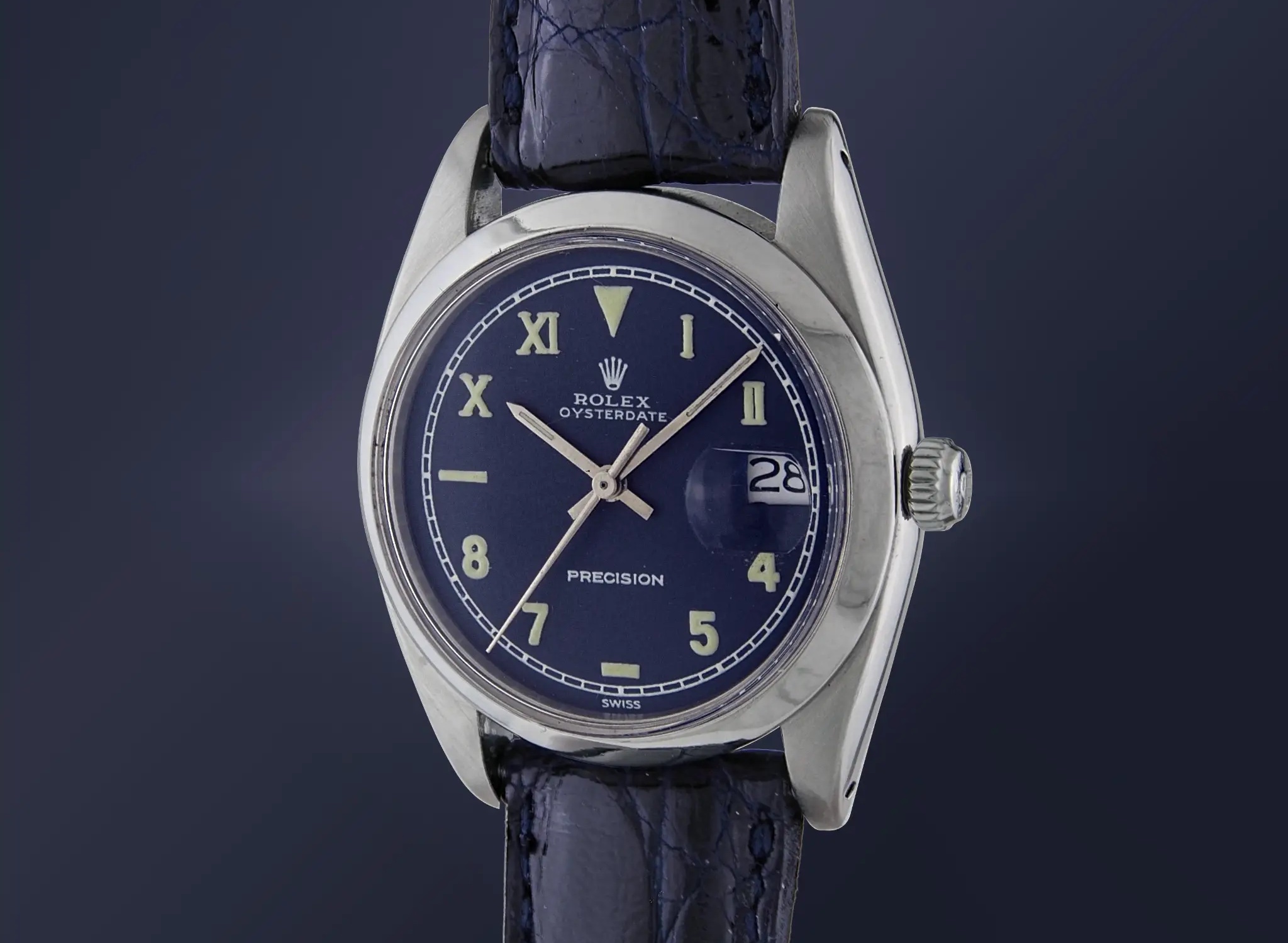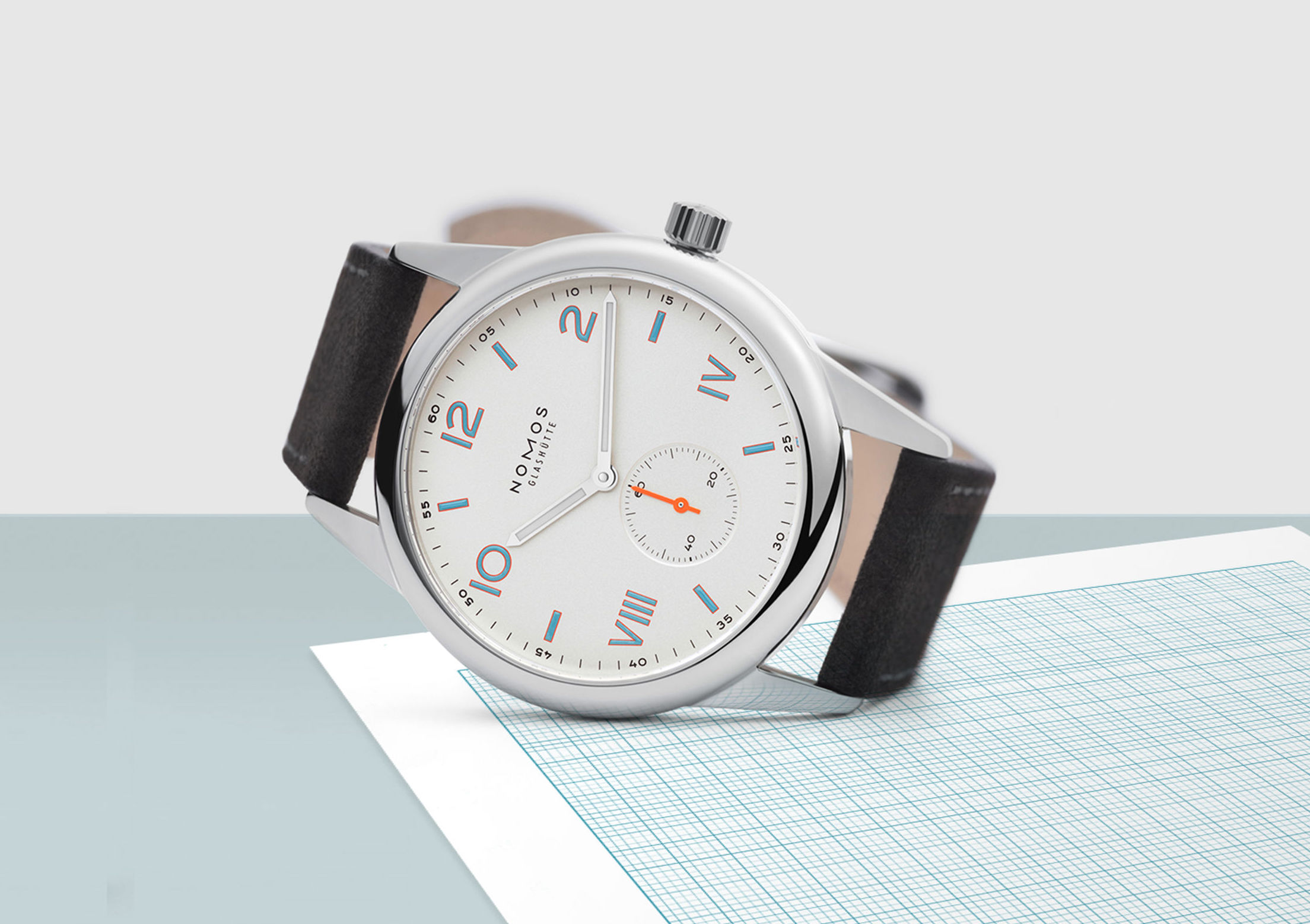
This quick Q&A post is inspired by Vivian Morelli’s recent article on GQ Magazine, in which she asked me for a quote explaining a little bit about this variety of dial and my personal opinion. Admittedly, I’m not a huge fan of this dial’s rather quirky layout, but I realized I haven’t touched much on the subject here on the WRB – so why not explain a little bit about this dial?
History Recap
If you’re a huge fan of the California Dial, there’s a good chance you already know the story, which is less intricate and more straight forward than most other dial designs. Simply put, the California dial was originally created way back in the 1930’s by none other than Rolex. Their concept was to improve readability of the dial by having roman numerals on the upper half of the dial and Arabic numerals on the lower half.
You may ask yourself how this mix of numerals can possibly increase readability on quick glance – which is a valid question seeing that this mix of numerals sounds even more complex than a tradition dial. Although nothing has been scientifically proven, it seems as though having the two different types of numerals split in two helps cohesiveness in split second glances, for example pilots who need to maintain eyes on their instruments. The half / half design also helps in low light conditions, difficult visual conditions under water and any strenuous situation that limits the amount of time you have to read your watch.
The first two watches to ever use this new dial concept was the Rolex Oyster Ref. 3464 and 3462. Many of these early versions were supplied to Panerai for Italian Navy divers, and eventually earned themselves the nickname “Radiomir”. Fast forward to the 1980’s and a whole new dimension around the California Dial emerged with Kirk Rich, a Los Angeles based watch dial refinisher who specialized in restoring these historic California Dials. This is where these dial earned their nickname, of course originating out of California.
Modern Variants

Generally, refurbished vintage variants of the California Dial have become the most sough after by collectors, but there is now also a market for new production California Dials that some watch brands are capitalizing on. Here are some of the more notable modern variants that can be purchased brand new today:
- Panerai Radiomir PAM 424
- Timex x Worn & Wound WW75
- Nomos Club Campus
- Ming 27.02 Cali Dial Prototype
- Anordain Model 1 California
Adding to Your Collection
The big question is, should you add one of these vintage or modern variants to your personal collection? The answer really comes down to personal taste, as the California Dial has to be one of the quirkiest and most divisive type of dial ever created. It’s not overly complicated like a world calendar function, nor is it high horology prowess like a Tourbillon would be. The California Dial is simply a weird concept, and to some collectors having half the dial split by two different types of numerals can feel against the grain, but with that said, this is also why some collectors lust after this specific type of watch – for its uniqueness and ingrained history.
If you think the story behind the creation of this dial is fascinating, and you like to add unique one off pieces to your collection, then the California Dial could be a fun and rewarding addition to your collection. If they interest you this opens up a vast world of cool references to explore.
Leave a Reply